How to Choose the Right Automated Production Line Equipment for Small and Medium-Sized Food Processing Plants
Small and medium-sized food processing plants (SMEs) face unique challenges when selecting automated production line equipment, balancing limited budgets with the need for efficiency and compliance. Choosing the right automated food processing production line can boost productivity, reduce costs, and ensure regulatory standards are met. Here are five key steps to guide SMEs in selecting the ideal equipment.
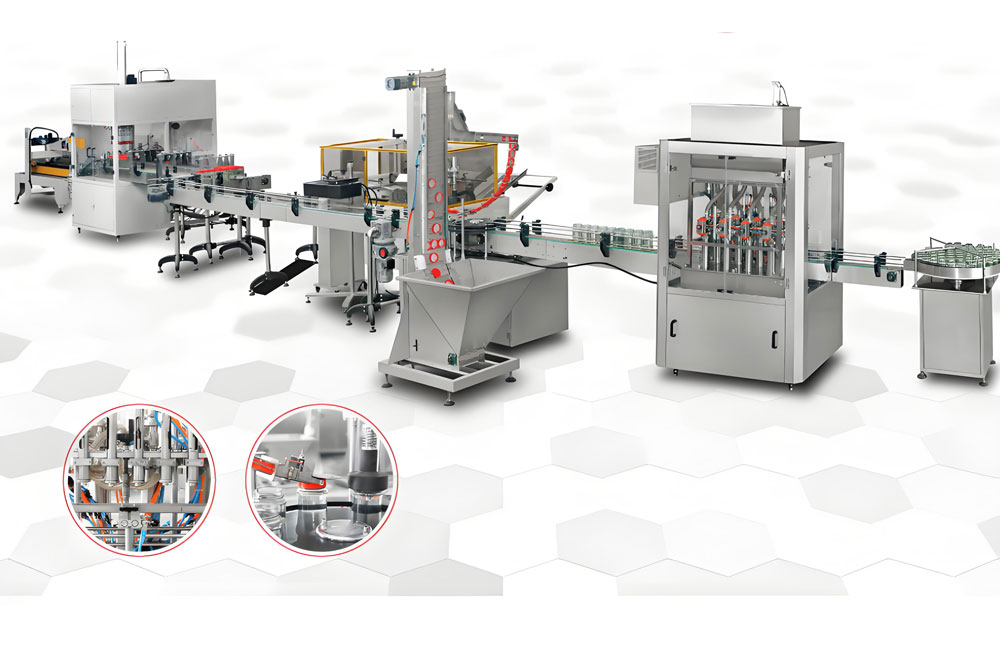
1. Define Production Needs and Product Types
The first step is to align equipment with your specific production goals and product types. For instance, producing snacks like chips requires an extruded food production line, while noodle manufacturing needs a pasta processing production line. Consider:
Product Type: Identify the food category (e.g., snacks, meat products, bakery, or pet food processing production line).
Output Capacity: SMEs typically target daily outputs of 500–5,000 kg, so choose equipment scaled for small-scale food processing plant lines.
Product Variety: For multiple products, opt for a modular food processing production line to enable flexible production switching.
Example: A small pet food plant adopted a modular pet food processing line, enabling production of both dog and cat food on the same line, saving 30% on equipment costs.
2. Evaluate Automation Level and Budget
Automation levels vary widely, and SMEs must balance cost with efficiency. Key considerations:
- Full vs. Semi-Automation: Fully automated food processing line equipment suits high-efficiency needs but is costlier; semi-automatic options are budget-friendly for startups.
- Initial vs. Long-Term Costs: Conduct a food processing production line ROI analysis and prioritize energy-saving food processing lines to reduce operational expenses.
- Leasing or Used Equipment: For tight budgets, explore food processing production line leasing services or certified refurbished equipment.
Tip: Partner with suppliers offering customized food processing line quotes to manage upfront costs effectively.
3. Ensure Food Safety and Compliance
Compliance with food safety standards is non-negotiable. Equipment must meet international or local regulations (e.g., HACCP, FDA, CE). Focus on:
Materials and Cleaning: Choose equipment made of food-grade stainless steel with easy-to-clean designs (see food processing production line cleaning solutions).
Certifications: Select HACCP-compliant food production lines or CE-certified food processing lines to meet export or local standards.
Safety Features: Ensure equipment includes safety mechanisms like emergency stops and protective guards (refer to food processing production line safety guidelines).
Case Study: A small fruit and vegetable processing plant adopted an HACCP-certified fruit and vegetable processing line, passing EU export audits and expanding its market.
4. Prioritize Technical Features and Scalability
SMEs should invest in equipment with advanced technology and scalability to support future growth. Key factors:
Smart Technology: Opt for smart food processing production lines with IoT or remote monitoring for food processing lines to manage production data in real-time.
Ease of Maintenance: Choose equipment with smart maintenance for food processing lines to minimize downtime.
Scalability: Select systems that support food processing production line upgrades for increased output or new product lines.
Trend: Industry reports highlight a surge in AI-driven food processing production lines in 2025, enabling SMEs to optimize scheduling and quality control.
5. Select a Reliable Supplier with Strong After-Sales Support
The supplier’s expertise and support are critical to long-term success. SMEs should:
Compare Suppliers: Look for experienced vendors like China food processing line manufacturers or Asia food processing equipment suppliers with proven case studies.
After-Sales Support: Ensure suppliers offer food processing production line maintenance solutions, training, and spare parts availability.
On-Site Evaluation: If possible, visit supplier facilities or client sites to assess equipment performance.
Tip: Refer to criteria for choosing food processing line suppliers and prioritize those offering customized food processing production line services.
Conclusion and Next Steps
Selecting the right automated food processing production line for a small or medium-sized food processing plant requires careful evaluation of production needs, budget, compliance, technology, and supplier reliability. To get started:
- Create a detailed requirements list (e.g., output, product type, budget).
- Request customized food processing line quotes from multiple suppliers for comparison.
- Prioritize smart, scalable equipment to future-proof your operations.
Ready to find the perfect small-scale food processing plant line? Contact us for expert consultation or tailored solutions!
Must-Read Blogs For Chain Restaurants Owner

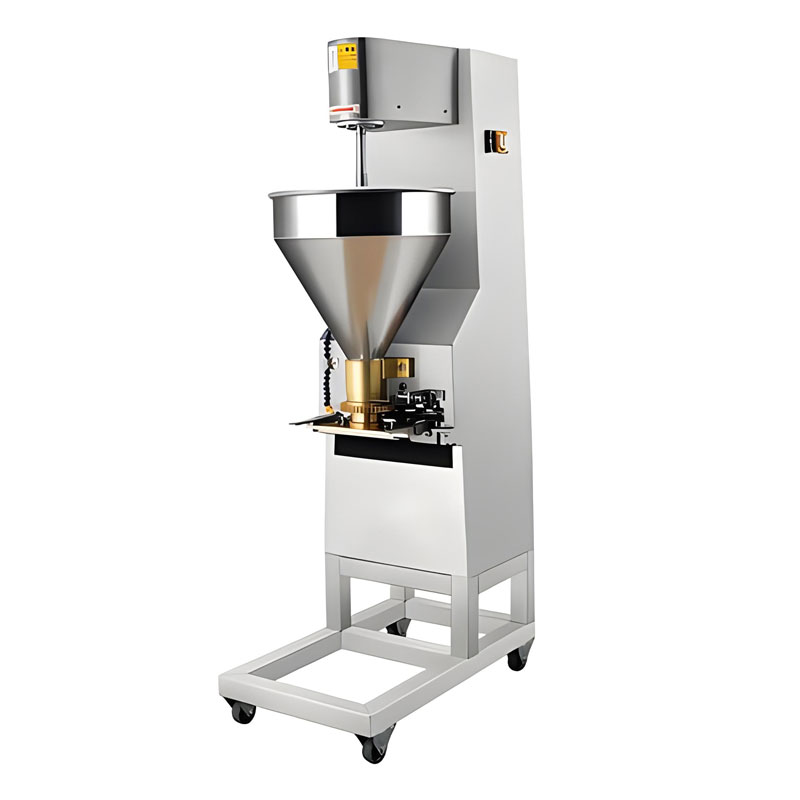
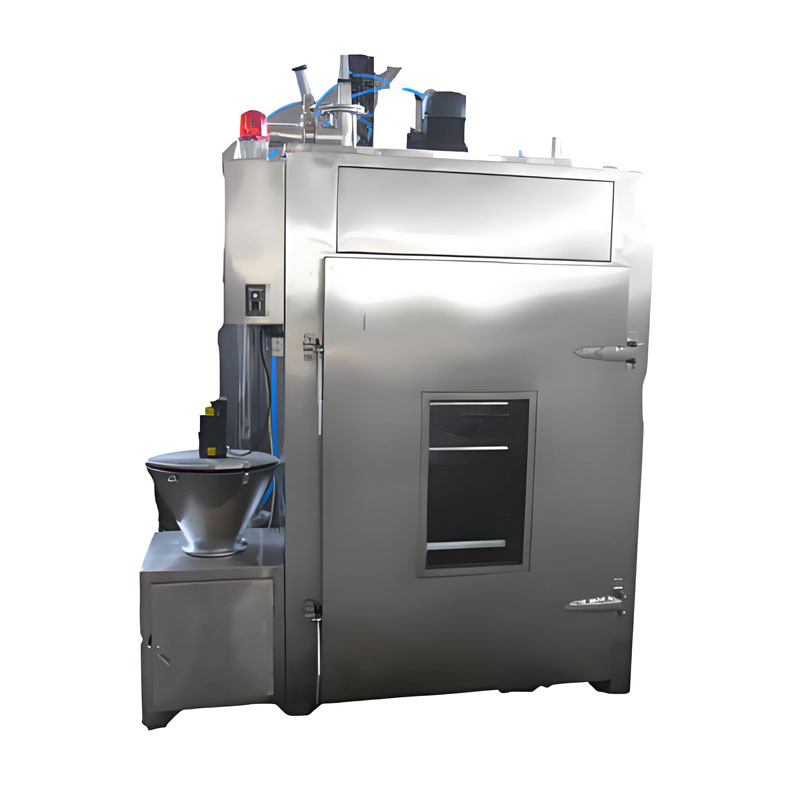
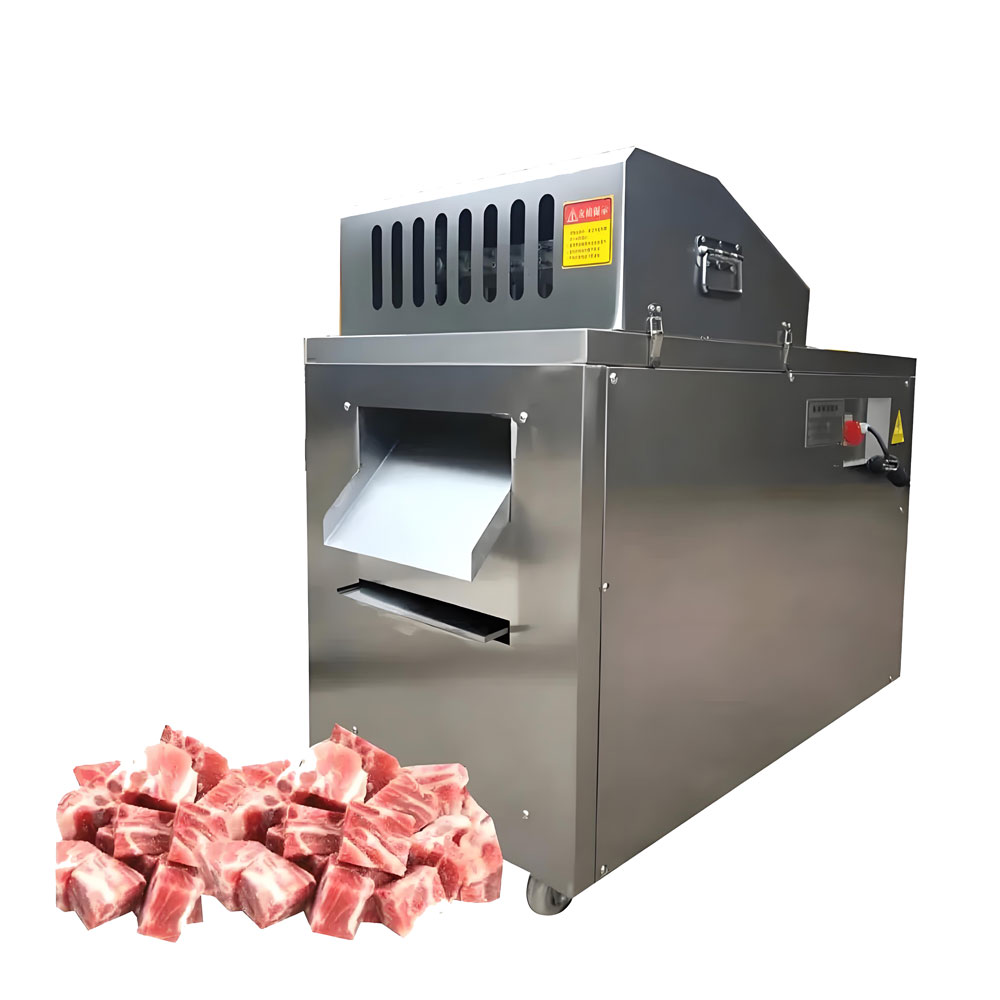
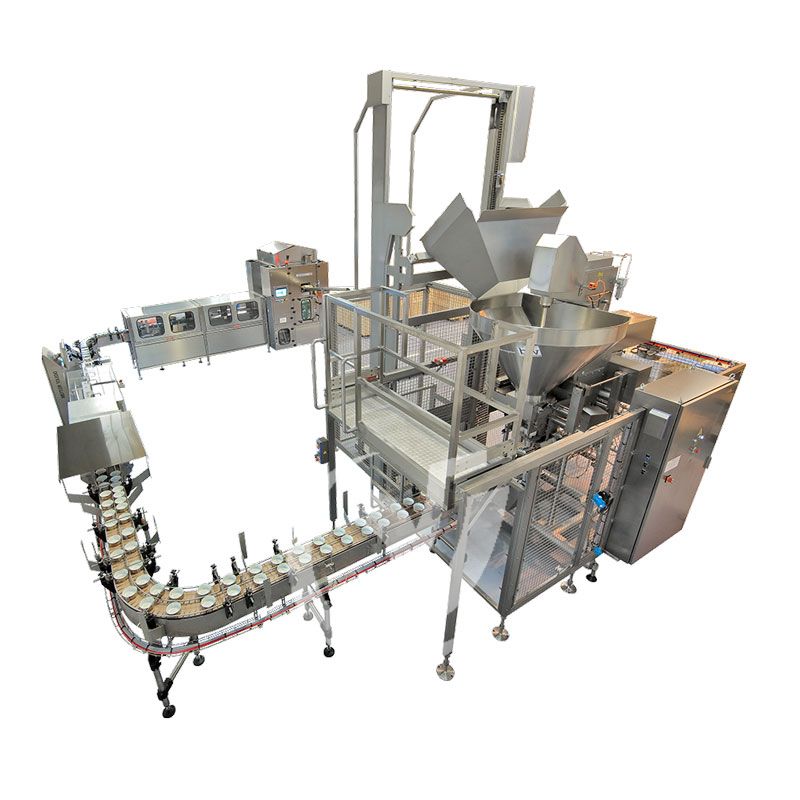

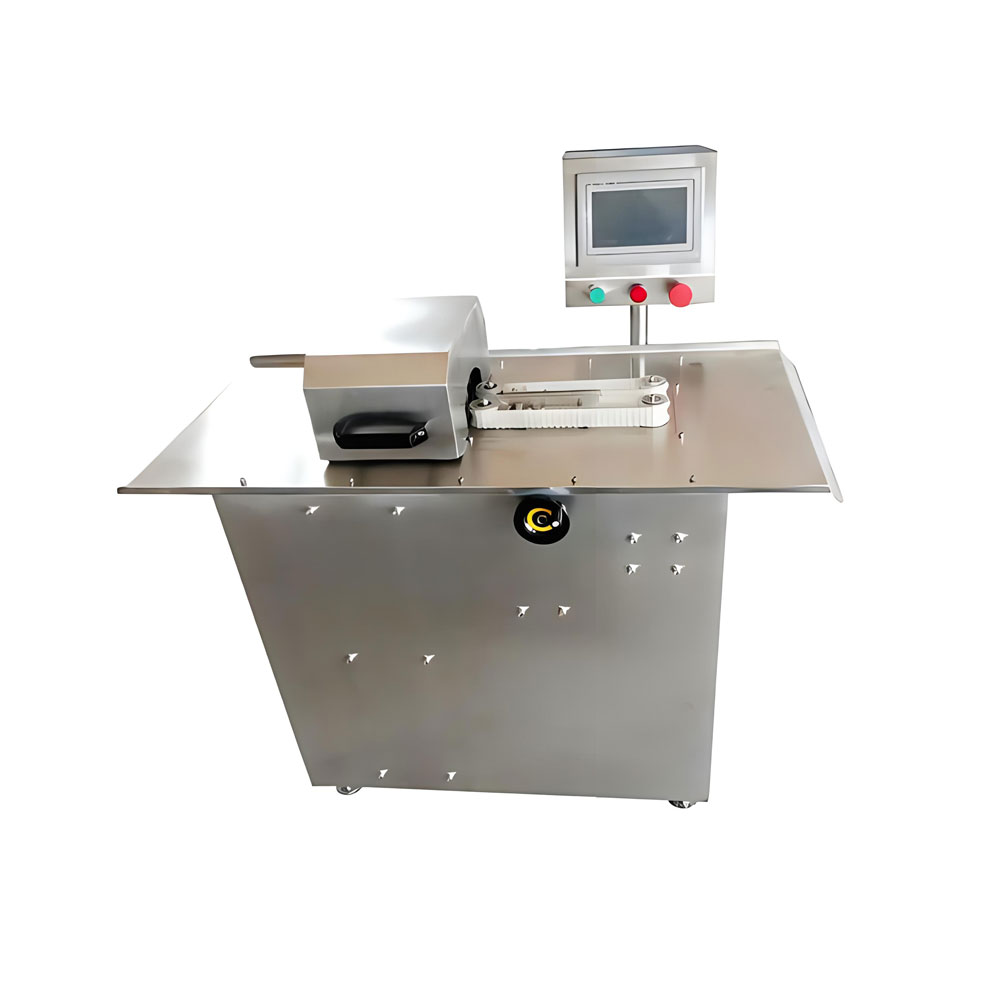
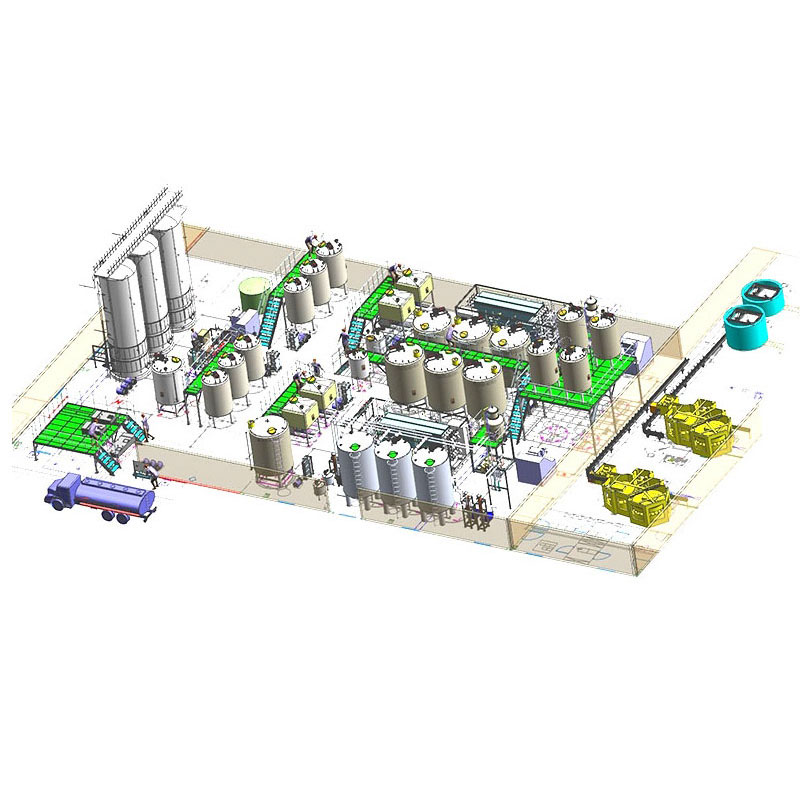
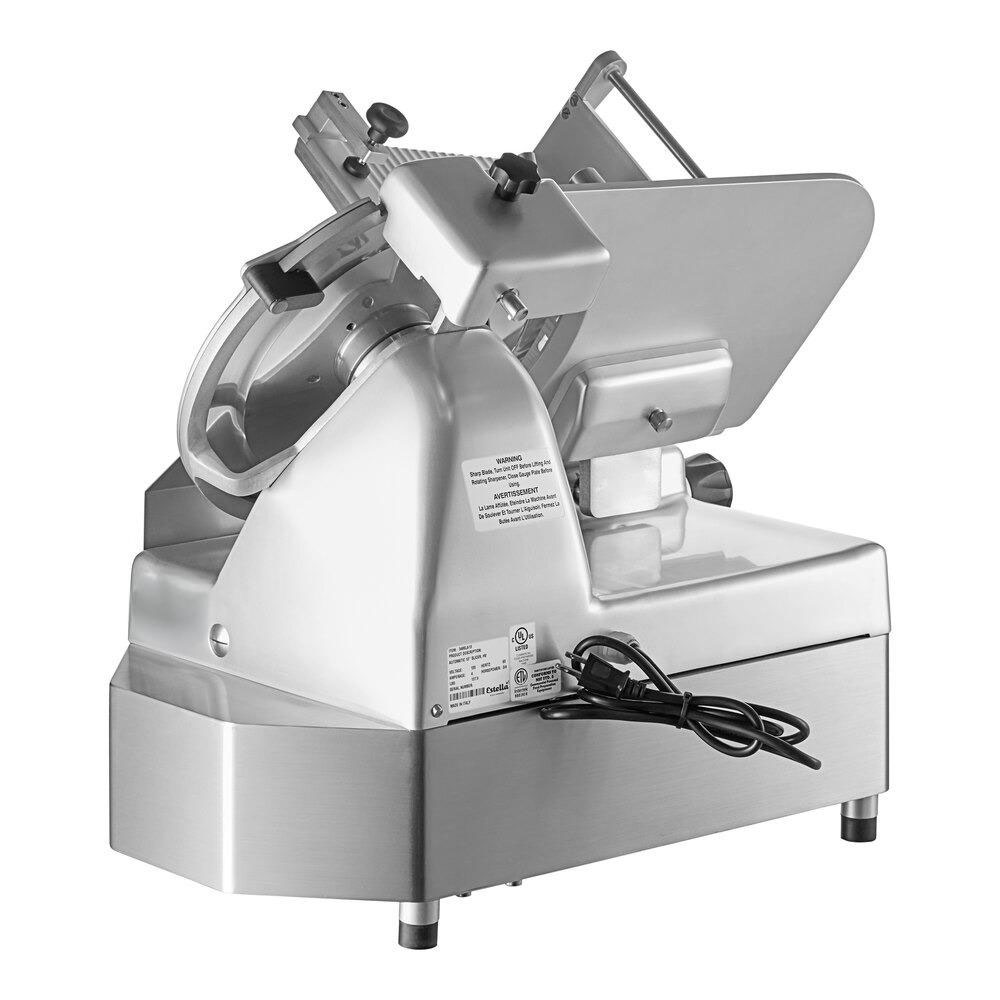
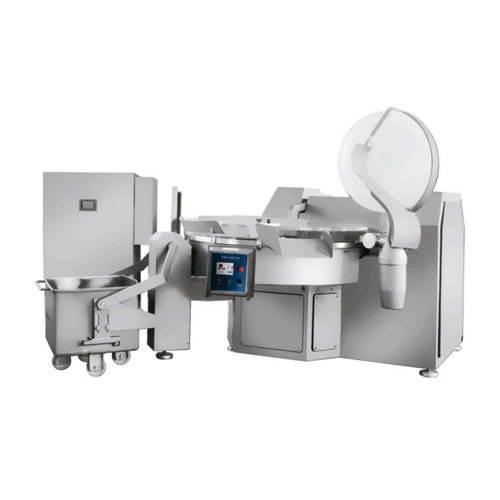
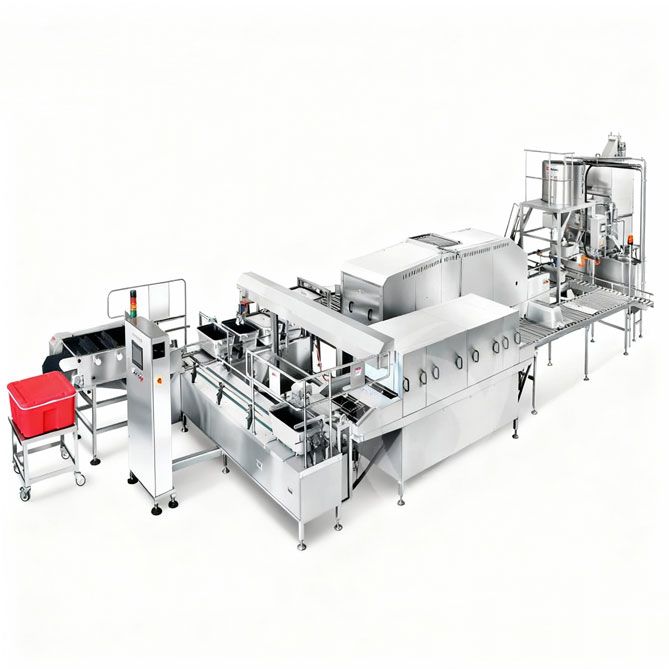
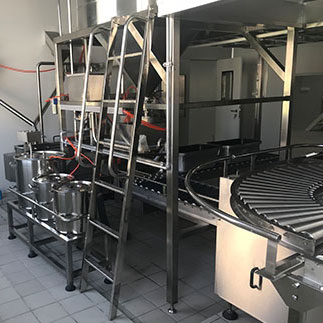 Cold Chain Rice Production Line
Cold Chain Rice Production Line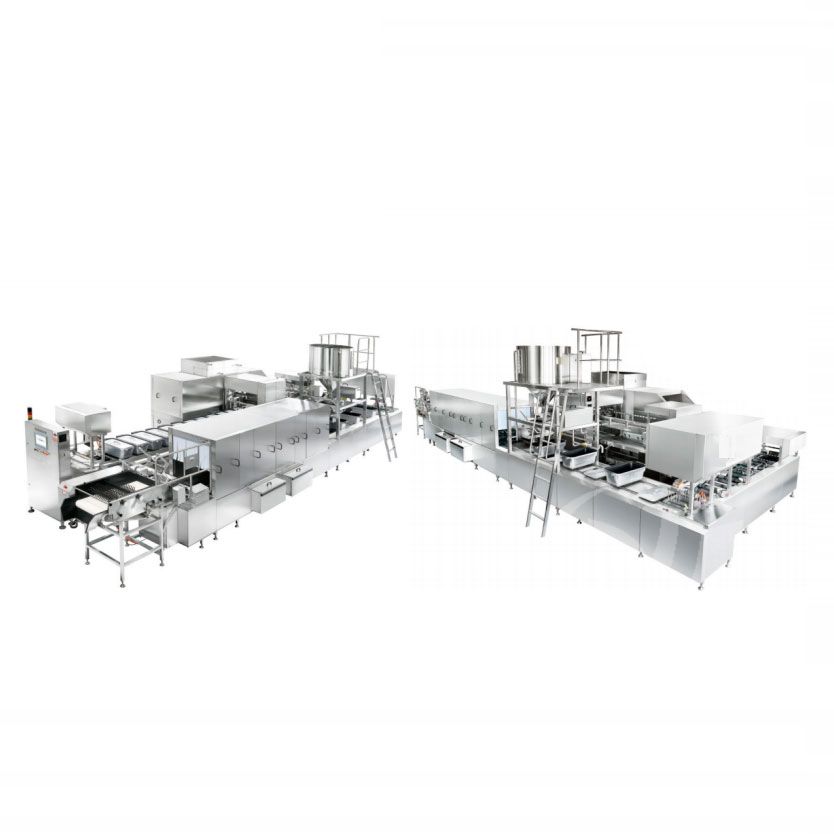 Unmanned Intelligent Rice Production Line
Unmanned Intelligent Rice Production Line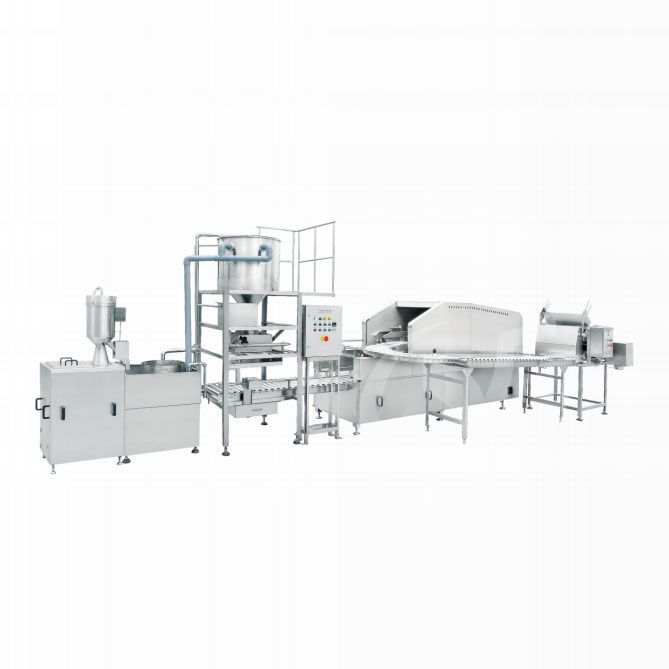 Automatic Rice Production Line
Automatic Rice Production Line
Ready to Get Started?